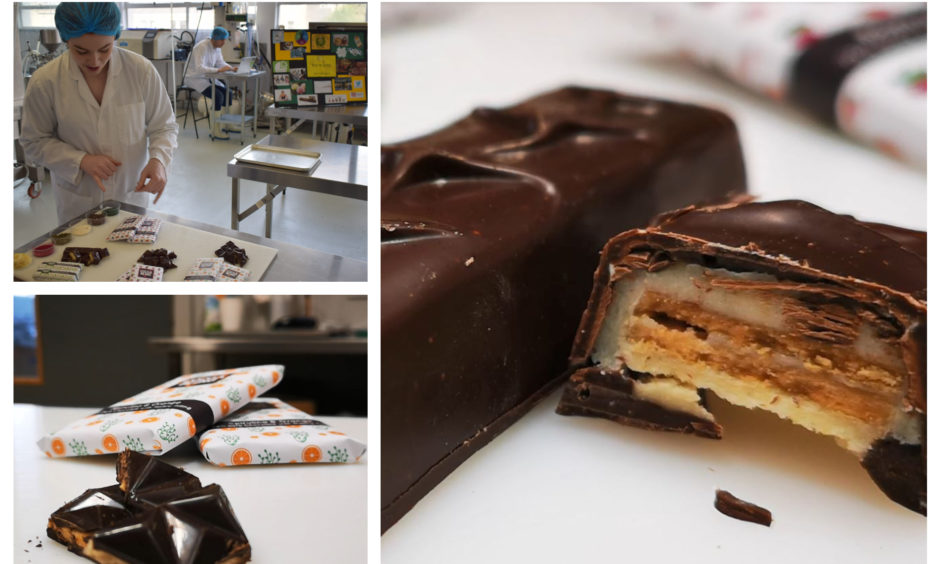Students at a Dundee university have created a range of health-focused chocolate to target fatigue and premenstrual syndrome.
The Abertay University team developed the Cocoa Being range which uses centuries-old remedies with a modern twist.
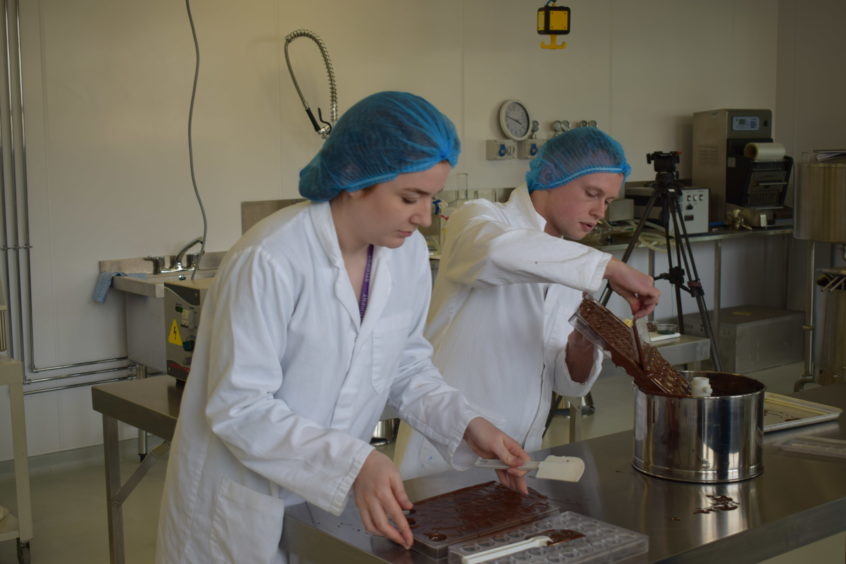
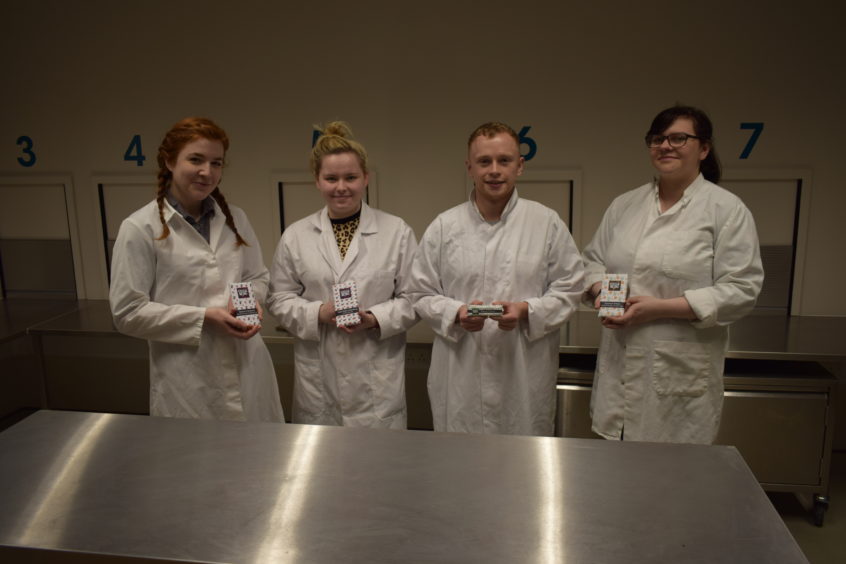
Each of the chocolate bars was created with a specific health issue in mind by the fourth year innovative food and consumer science students.
Thomas Macneil, Sarah Miles, Katie Beattie and Arlena Birrell set out with the aim of developing a series of healthy chocolate bars.
The sweets come in four flavours – Beetroot and Raspberry, Spirulina and Orange, Sweet Potato and Blackberry and Yerba Mate and Coconut.
Thomas Macneil created the Yerba Mate and Coconut bar, utilising a caffeine substitute which has become popular with celebrities.
He said: “Yerba Mate isn’t an ingredient that everyone will be familiar with, but it’s a tea that originates in South America.
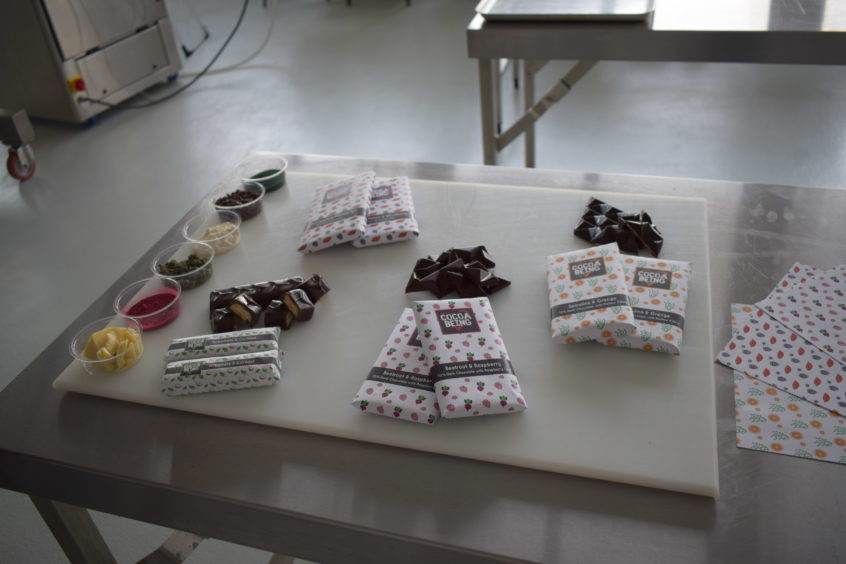
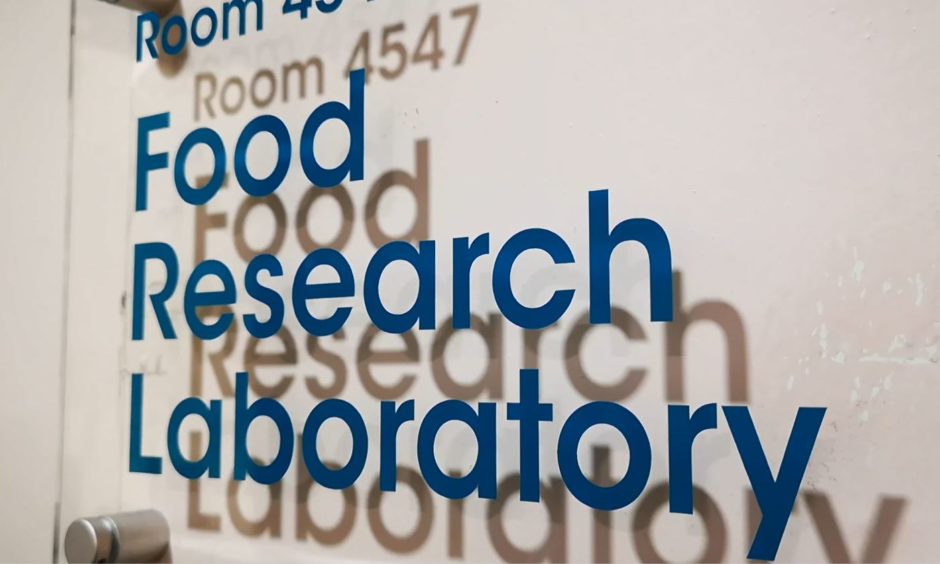
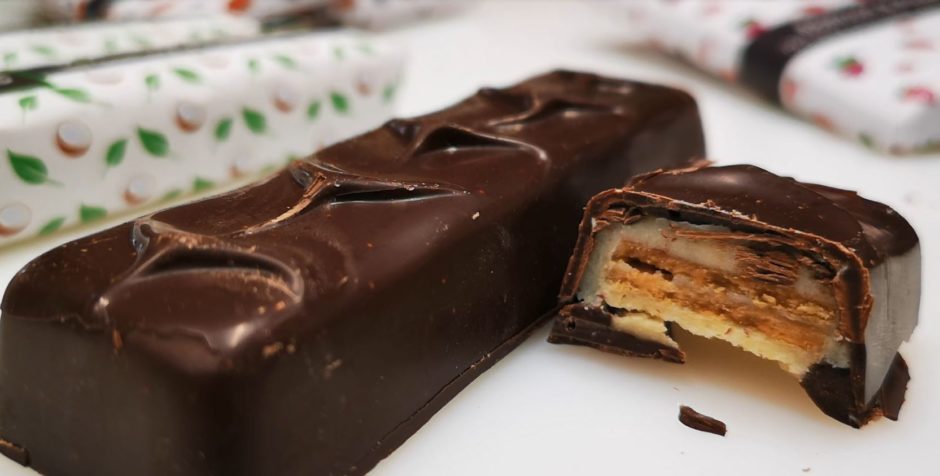
“Benefits include mental clarity and alertness.
“Think of it as being like coffee, but without the negative side effects. It doesn’t give you insomnia and you won’t get jittery from it.”
Sarah Miles was behind the Beetroot and Raspberry chocolate bar.
Raspberry leaf is a natural herbal remedy that has been used for centuries to aid women’s health.
She said: “We initially set out to create a range of healthy chocolate bars, but after conducting consumer research we realised that interest in a sweet product that has had elements stripped away to create a ‘healthier’ option was limited.
“Instead of taking away ingredients we decided to add them instead to create indulgent chocolate that had an added health claim.
“The Beetroot and Raspberry bar, for example, is rich in potassium thanks to the beetroot, and calcium and magnesium from the raspberry leaf.
“This helps with things like cramps and bloating.”
Dr Jon Wilkin, from Abertay’s division of food and drink, said: “The students haven’t just created a unique range of products – they were involved with every stage of the process.
“They undertook consumer studies, pitched the product to a panel of academics, worked out whether it would be financially viable and even created the chocolate itself from cocoa nibs.”
